We’re used to seeing milk prices being cut, so Iceland’s move to increase the in-store price of its four-pinters from 89p back up to £1 is certainly eye-catching.
The increase is part of a new “simpler and clearer pricing structure” for Iceland milk, which – aside from the move to £1 for four-pinters – has seen the retailer slash the price of a pint 50p to 25p, two pints of milk from 75p to 50p, and six pints of milk from £1.85 to £1.50.
Iceland’s new pricing structure comes at a time of huge change for the UK dairy market (at the time of writing, the CMA has just approved the Müller/Dairy Crest liquid milk deal) and raises several interesting questions.
After a summer of farmer protests, Morrisons has just gone nationwide with its new Milk for Famers brand – which allows consumers to pay more to support farmers – and early reports suggest demand is strong.
So is this a sign that consumers really are prepared to pay more for their milk – and is Iceland’s move back to £1 for four pints in recognition of that consumer sentiment?
After being targeted by farmer protests earlier this year, one dairy industry expert believes it could be a move to make Iceland more farmer friendly, but he warned “there had to be some benefit to Iceland’s margin” from the price reductions, calling the move “a mixture of enlightenment and self-interest”. Iceland, of course, also has a heritage of round-pound pricing, making the £1 price point particularly appealing.
Farmers have been cautious in welcoming Iceland’s move so far: four-pinters are the best-selling fresh milk SKU, so any price change is undoubtedly significant. But at the same time, slashing the prices of other SKUs will hardly appease those producers who are concerned that bargain-basement pricing has skewed consumer perceptions of the value of milk.
The key question now will be whether other retailers will follow Iceland’s example. Asda – which sells four pints at 89p at the moment – will be particularly interesting to watch. Its new Project Renewal strategy is partly aimed at ensuring Asda is price-competitive against the discounters – it may well be tempted to keep its four-pinters at 89p in light of that, even if others raise their prices.
One thing we can be certain of, however, is that the increase to £1 for four pints arguably marks a plateauing in the supermarket price war, which will be welcomed by farmers. Whether shoppers will feel the same is another matter.







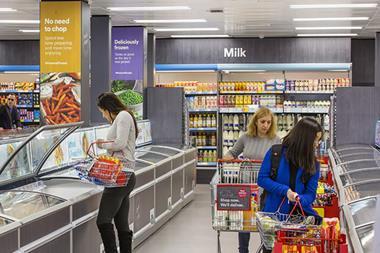
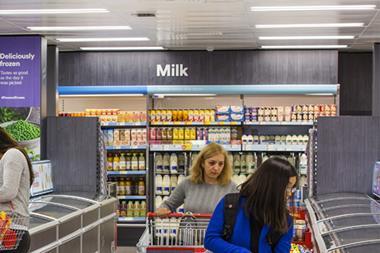

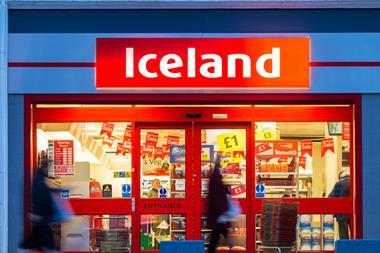
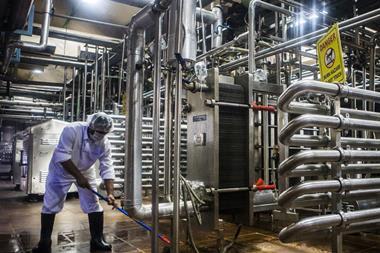
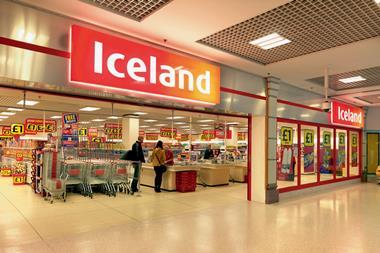






No comments yet